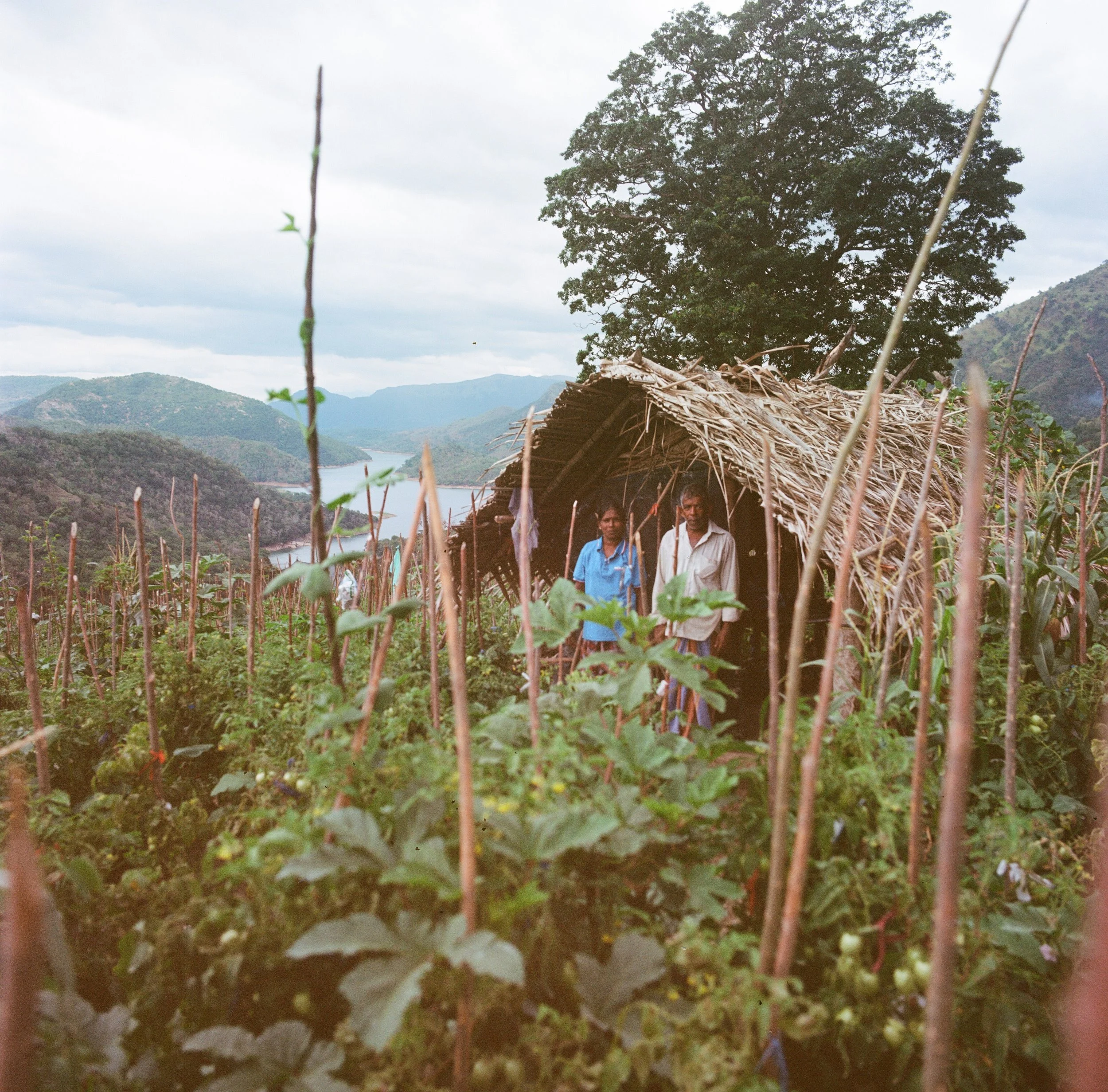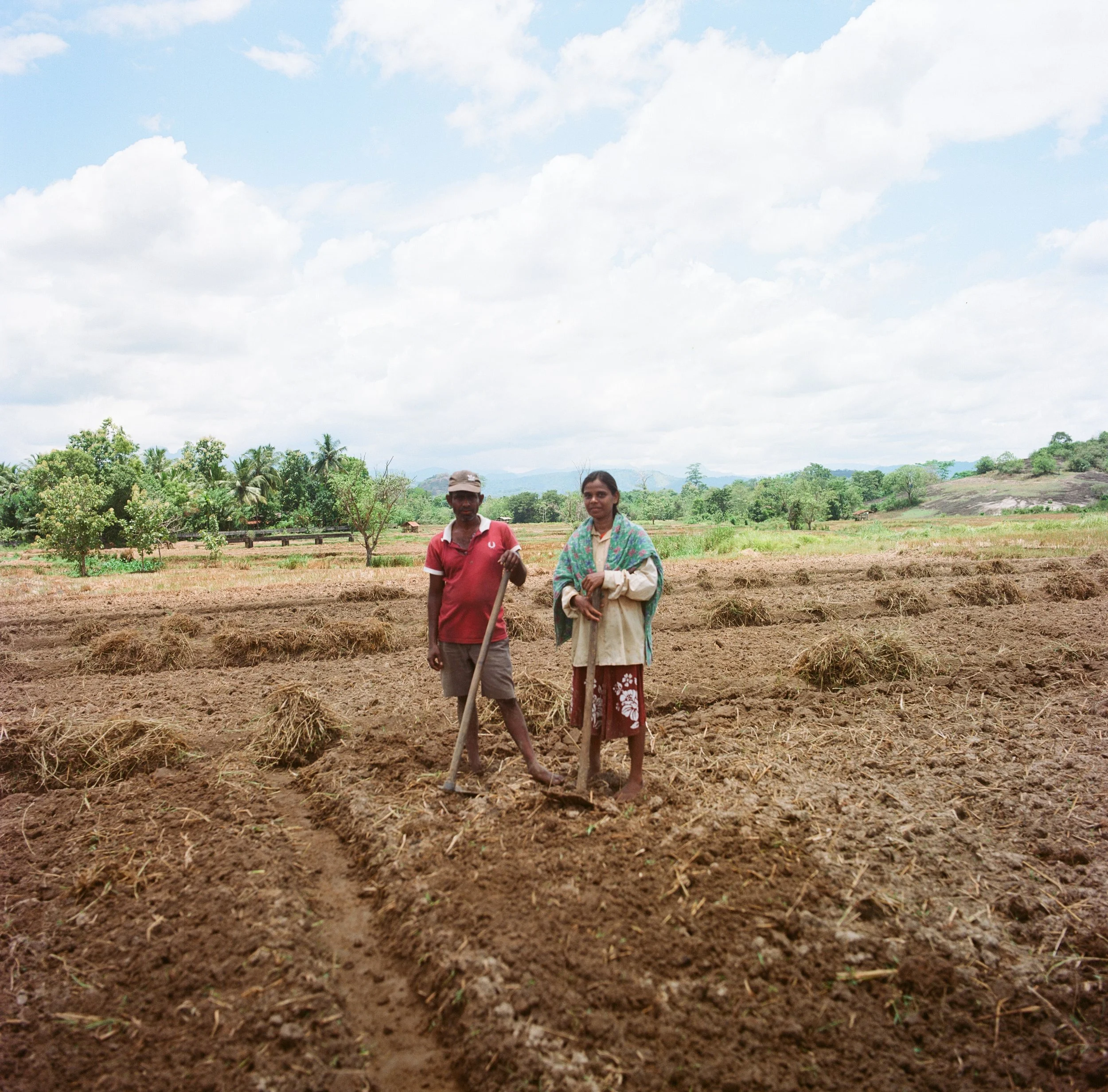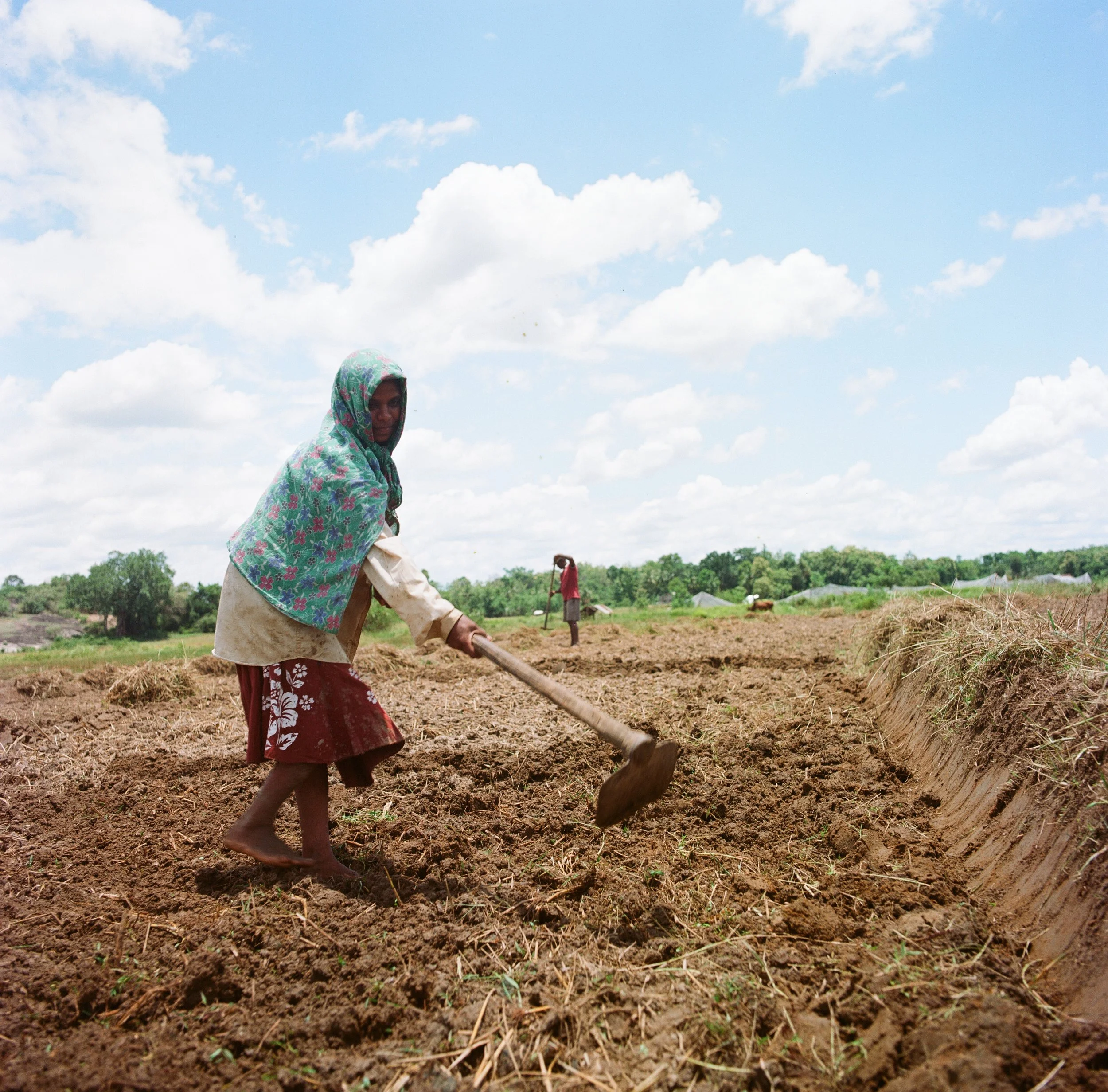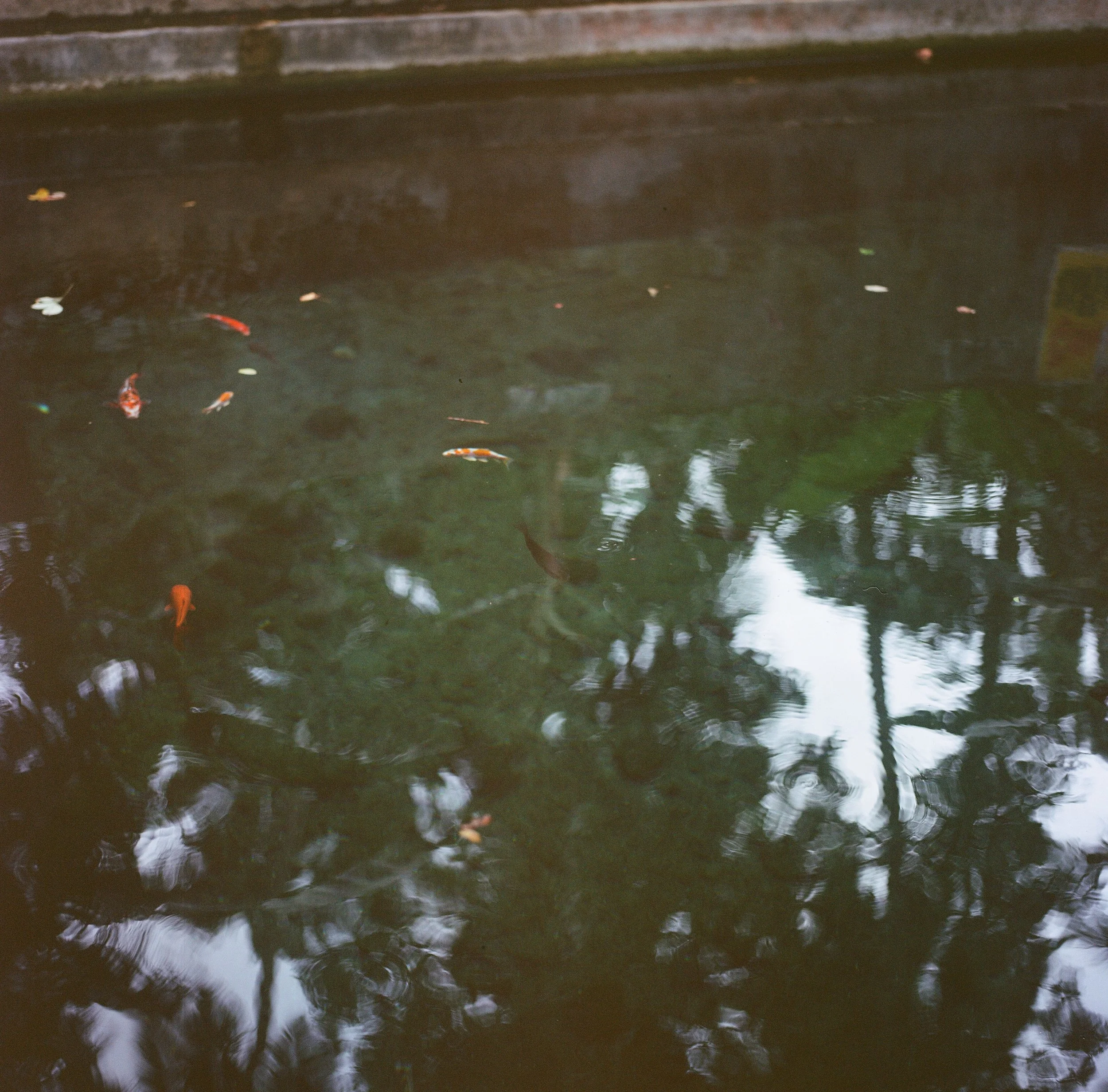Two sides of one fielD
A tale of Sri Lanka’s two main climate zones and its inherent environmental dilemma
Since the Sri Lankan political crisis of 2022, there has been a ton of discourse on how the cabinet’s push for organic farming ultimately failed.
After spending months behind a laptop trying to grasp the nuances of such a complex matter, I had to go see how afflicted peoples were simplifying the system and making do with the lack of productive information.
I went on an escapade through two very distinct farmlands.
One in the wet zone.
The other in the dry zone.
හකුරුතලේ (Ha-ku-ru-tha-le), a wet zone village, surrounds the perimeter of farmland abundant with a matrix of crop diversity. While some sections were fueled by inorganic pesticides, the majority was flourishing from organic fertilizer.
“The other stuff does not work as well,” said Karunarathne - one of the farmers in හකුරුතලේ (man in the first row pic).
The next day, I found myself roaming under a scorching sun along the dry lands of ගන්නෝරුව (Gun-no-ru-wa) to explore how they managed their livelihoods during consecutive seasons of low crop yield. What shocked me the most was their resilience amid strained and contaminated water resources, which some suggest have led to the high prevalence of chronic kidney disease of unknown etiology (CKDu) throughout their village.
I am currently working on a paper and a series of documentary shorts to capture what lessons we can learn from the inherent resiliency of rural farming communities in times of health and financial ambiguity.
I argue that we must mobilize efforts in the research domain so insights can be more readily disseminated to afflicted communities. One small insight can catalyze a new batch of variables to consider in environmental modeling techniques, but there must be a way to encourage research investigations in tandem to community action.














![Quests through questions - do we need more questions or more ears? // a closer look available on our website [link in bio✨] Thank you to everyone who contributed their wisdom 🙏🏾❤️](https://images.squarespace-cdn.com/content/v1/677885cd3220f27ff6e58dfd/1737020559606-10DYHCC51WPD4EF6QJIN/image-asset.jpeg)

![Haircuts in Lamego [a look into rural Mozambique] // documentary + photo link in bio 🔆](https://images.squarespace-cdn.com/content/v1/677885cd3220f27ff6e58dfd/1737020570737-IR06XLAD1EUZ90VT9Y8F/image-asset.jpeg)